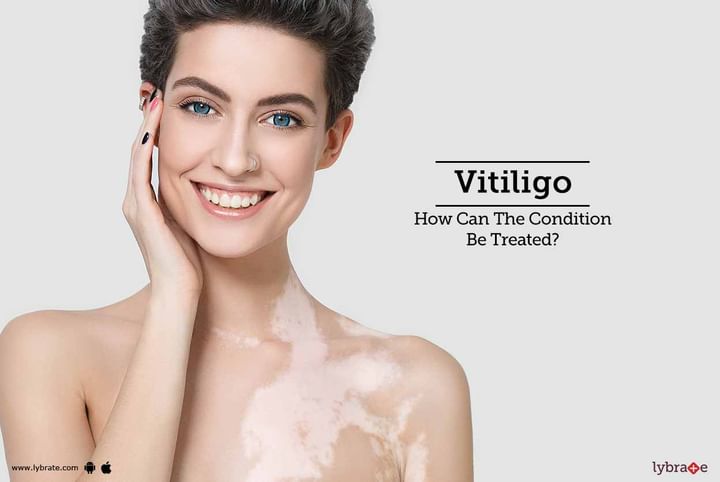Vitiligo - How Can The Condition Be Treated?
Vitiligo is a condition wherein the affected person starts losing the color of the skin, resulting in white patches. It can affect people of any age, sex, class, race, and ethnicity. Though Vitiligo is a lifelong condition, it can be managed with proper care and treatment.
Understanding the problem
Vitiligo is a skin disorder where certain areas of the skin start losing its normal pigment. The total area of the skin that can be affected by the disease may vary from one person to another. It may even affect the inner side of the mouth, eyes and in some cases, even the hair.
Vitiligo is a photosensitive skin disorder which means that the affected areas shall be more sensitive to the rays of the sun than the unaffected areas. It is very difficult to determine whether the patches will start spreading or not, and to what extent. It may take weeks to spread, or the patches may remain stable for months or even years together. The lighter patches become more visible in people with dark and sun-tanned skin.
Causes
The destruction of pigment-causing cells called the melanocytes cause Vitiligo. The exact cause of vitiligo remains unknown, some conditions that contribute to vitiligo are mentioned below:
- Albinism: It is a rare genetic disorder that lead to loss of color of the skin, hair, and the eyes.
- Alopecia Areata: It is an auto-immune disease that leads to hair loss in patches. It can also lead to vitiligo.
- Hashimoto’s thyroid: It is also an autoimmune disease that leads to discoloration of the skin. This also makes the skin more sensitive.
Symptoms
- Patchy loss of skin color
- Premature whitening or graying of the hair on your scalp, eyelashes, eyebrows or beard
- Loss of color in the tissues that line the inside of your mouth and nose (mucous membranes)
- Loss of or change in color of the inner layer of the eyeball (retina)
These white patches are more common in areas where the skin is exposed to the sun. The patches may be on the hands, feet, arms, face, and lips. Other common areas for white patches are:
- The armpits and groin (where the leg meets the body)
- Around the mouth
- Eyes
- Nostrils
- Navel
- Genitals
- Rectal areas
Complications
If leaft untreated, patient can have an increased risk of:
- Sunburn and skin cancer
- Social or psychological distress
- Hearing loss
- Eye problems, such as inflammation of the iris (iritis)
Treating vitiligo
Vitiligo is described as more than a cosmetic problem; it is rather a health issue requiring clinical attention. Several remedies can aid in making the condition less visible, and some of them include:
- Using sunscreen regularly: Using sunscreen protects the lighter areas of the skin which are more sensitive to sun rays. Since there are several types of sunscreen available, consulting with a dermatologist is safe before choosing a sunscreen.
- Phototherapy using UVB light: Controlled exposure to UVB light is an effective treatment option for vitiligo. When this treatment is done at a clinic, you will need around 2 to 3 visits in a week, and the time required for the treatment will also be longer. UVB phototherapy can also be used when there are numerous white spots all over the body. Since this is a full-body treatment, it is performed in a hospital. This treatment, together with other treatments can have a substantial effect on vitiligo, but it is always necessary to have realistic expectations about the treatment.
- Skin camouflage: Those who are suffering from mild instances of vitiligo can greatly benefit from the camouflage treatment done with cosmetic creams or white patches.
- Laser therapy: People suffering from limited, stable patches of vitiligo can immensely benefit from vitiligo. Laser therapy is a safe and effective way to treat this condition. It may not be very cost effective, but the results are totally worth it, a patient may have to be treated twice a week and take 24-48 session to treat the localised lesions of vitiligo.
It is best to start the treatment of vitiligo as soon as possible to manage the condition to a substantial extent. So, visit a dermatologist today and understand which treatment option would work best for you. In case you have a concern or query you can always consult an expert & get answers to your questions!



+1.svg)
